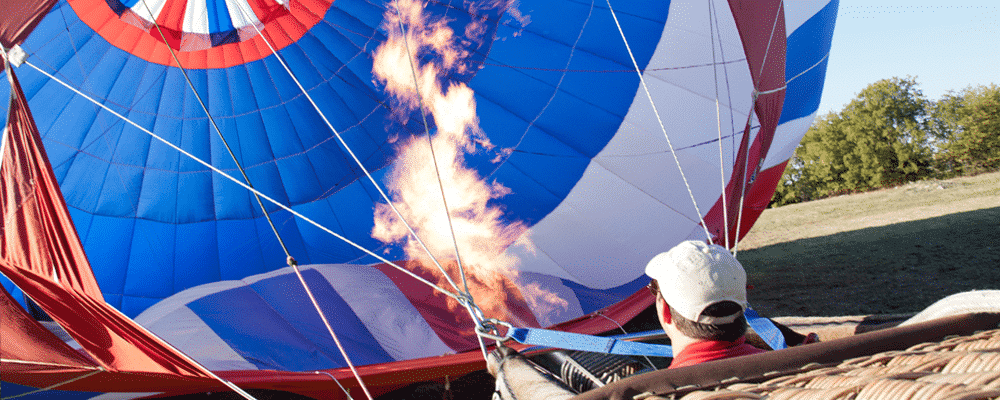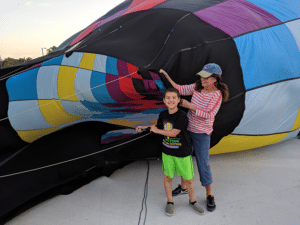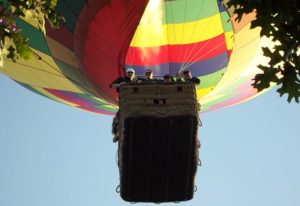How a hot air balloon works is an amazing combination of science and nature.
The science is in the parts that work with nature to give you the experience of flight. The three main parts of a hot air balloon are the basket, the burner, and the envelope. Below is a brief description of each element for a basic understanding of what makes a hot air balloon work.
Hot Air Balloon Basket (a.k.a. Gondola):
The basket, or gondola, is the focal point of every captivating hot air balloon journey. Beyond its practical function of serving as the platform where the pilot and passengers stand during the flight, the basket plays a pivotal role in housing the essential propane gas tanks that power the adventure. Crafted in various sizes and shapes, the basket’s design is meticulously tailored to accommodate varying passenger capacities and flight requirements.
History: The evolution of hot air balloon baskets traces back to the pioneering days of aviation, reflecting a rich heritage of innovation and adventure. From humble beginnings to modern-day advancements, the design and construction of hot air balloon baskets have significantly enhanced passenger safety and comfort.
How it is Used: During a hot air balloon flight, the basket is a secure and stable platform from which passengers can marvel at the breathtaking vistas below. Equipped with a convenient side hole for easy embarking and disembarking, the basket ensures a seamless boarding process for passengers of all ages. The basket’s versatility allows for customized experiences, catering to intimate flights for couples or larger group excursions.
Importance of Use: The basket is not merely a vessel for passengers but a symbol of unity and shared experiences. As passengers stand side by side in the basket, they forge lasting memories and bond over the awe-inspiring journey through the skies. Furthermore, the basket’s role in accommodating propane gas tanks underscores its critical function in enabling the hot air balloon to ascend and glide gracefully through the air.
Corporate Advertising Opportunity: Beyond its primary function, the hot air balloon basket presents a unique corporate branding and advertising avenue. By displaying banners on the basket during events, companies can captivate audiences and elevate brand visibility in a distinctive and memorable way. The aerial display of banners adds a touch of sophistication and grandeur to corporate gatherings, making hot air balloon advertising a powerful marketing tool for businesses.
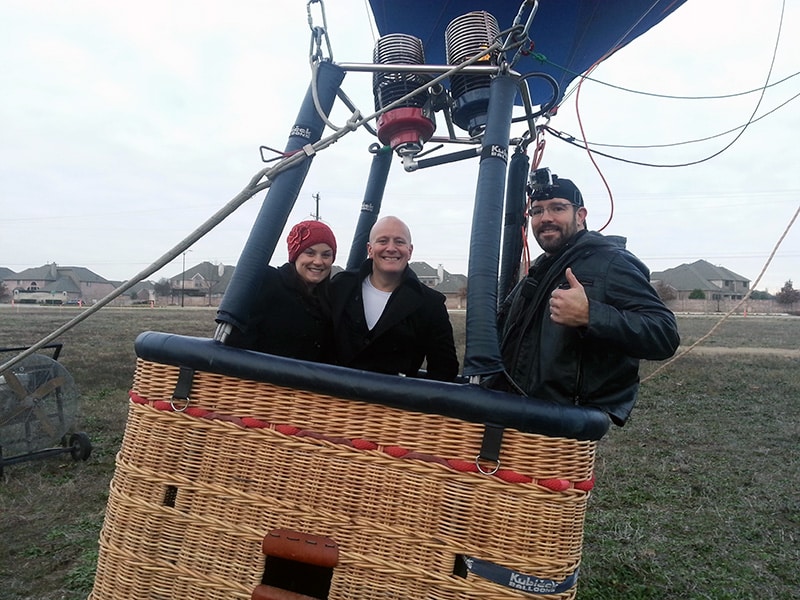
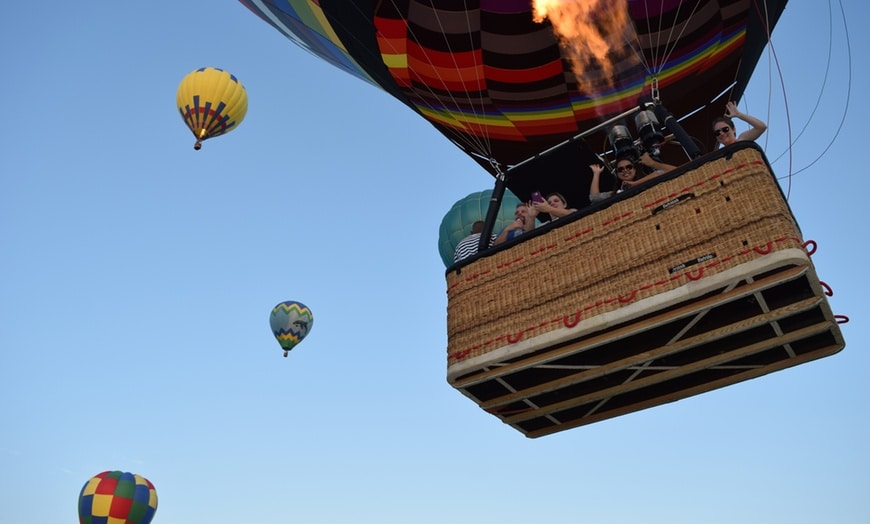

Hot Air Balloon Burner:
The burner, a critical element of the hot air balloon system, is ingeniously designed to generate and channel heat from propane gas tanks into the envelope, enabling the balloon to ascend gracefully into the sky. The burner is meticulously integrated with the basket at Rohr Balloons, ensuring efficient heat transfer and precise control during flights. Let’s further uncover the burner’s intricacies and its role in elevating the hot air balloon experience.
History of the Burner: The evolution of hot air balloon burners dates back to the early days of aviation, marked by innovative advancements in heat source technology and burner efficiency. From rudimentary heating mechanisms to the modern marvels of burner engineering, the history of the burner reflects a continuous quest for improvement and safety in hot air ballooning. Rohr Balloons pays homage to this legacy by employing cutting-edge burner systems that uphold the highest performance and reliability standards.
How the Burner is Used: During a hot air balloon flight with Rohr Balloons, the skilled pilot takes control of the burner, serving as the sole operator authorized to regulate heat output and ensure a smooth ascent. The burner’s functionality is tailored to meet the specific requirements of the balloon’s envelope size and weight, with varying heat intensities customized for optimal lift-off. The precise manipulation of the burner enables the pilot to navigate the balloon with precision and respond swiftly to changing flight conditions.
Importance of Burner Use: The burner plays a pivotal role in the operation of a hot air balloon, serving as the primary source of heat that allows the balloon to achieve buoyancy and flight. At Rohr Balloons, the burner embodies the company’s commitment to safety, efficiency, and passenger comfort, ensuring that each flight is conducted with the utmost care and expertise. Moreover, the burner transcends its functional role by adding an element of enchantment to nighttime flights, with captivating “balloon glows” that illuminate the envelope and create a captivating spectacle in the darkness.
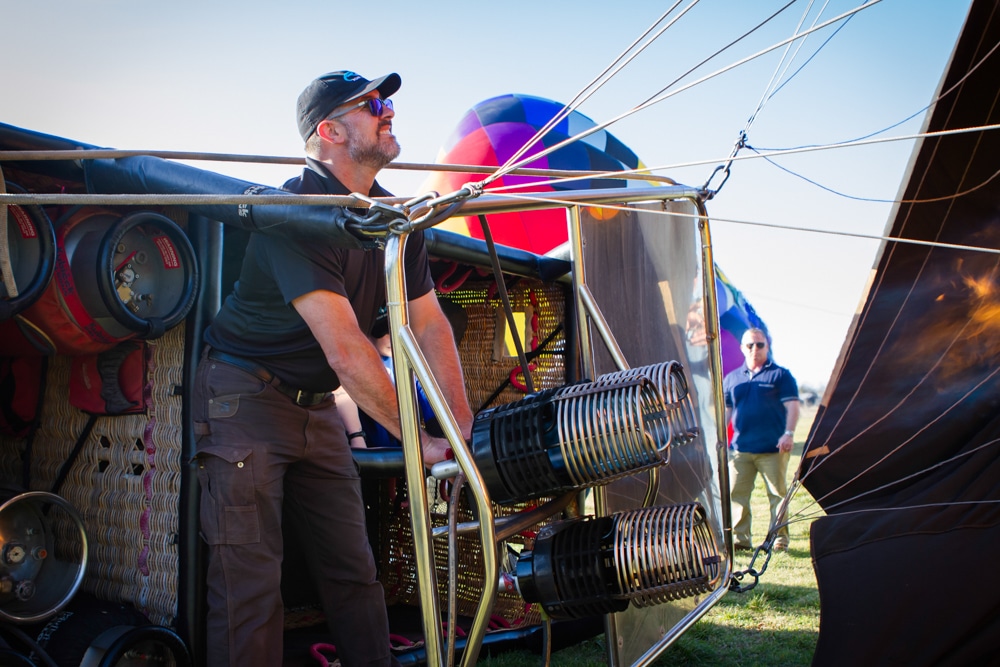
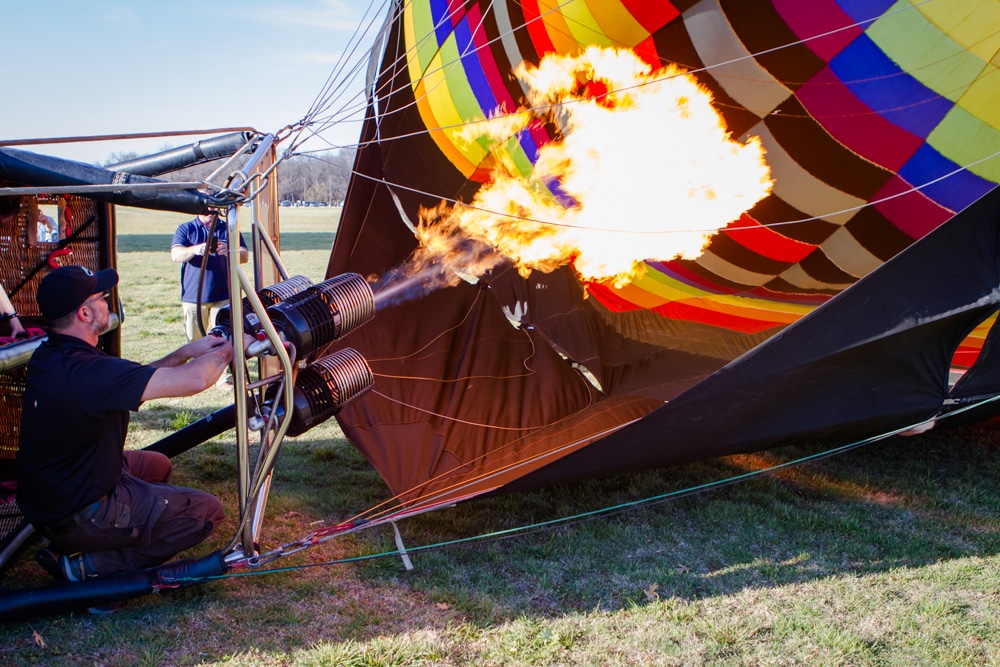
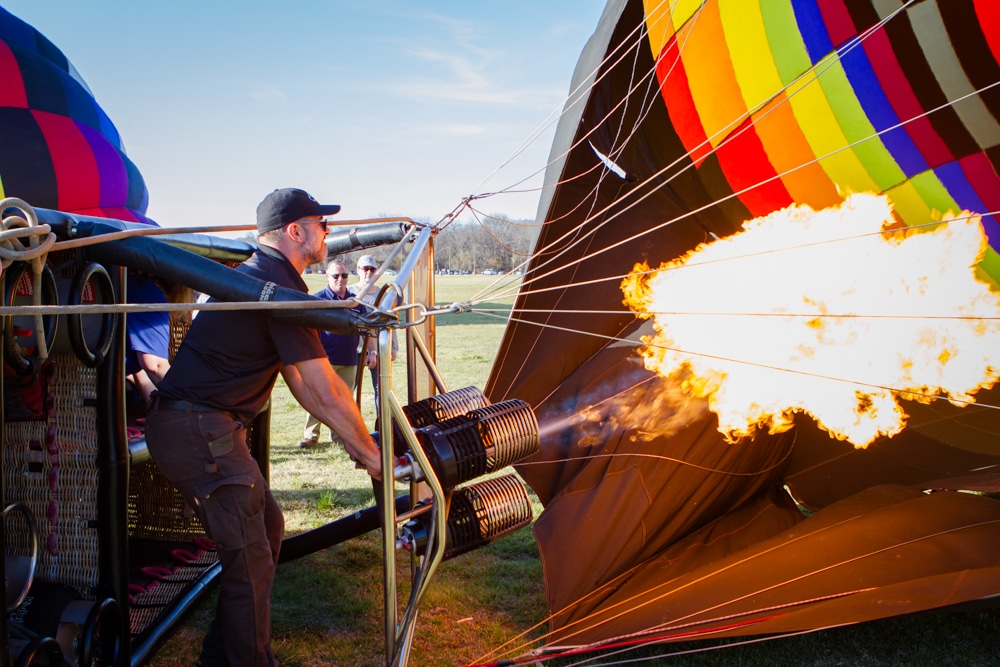
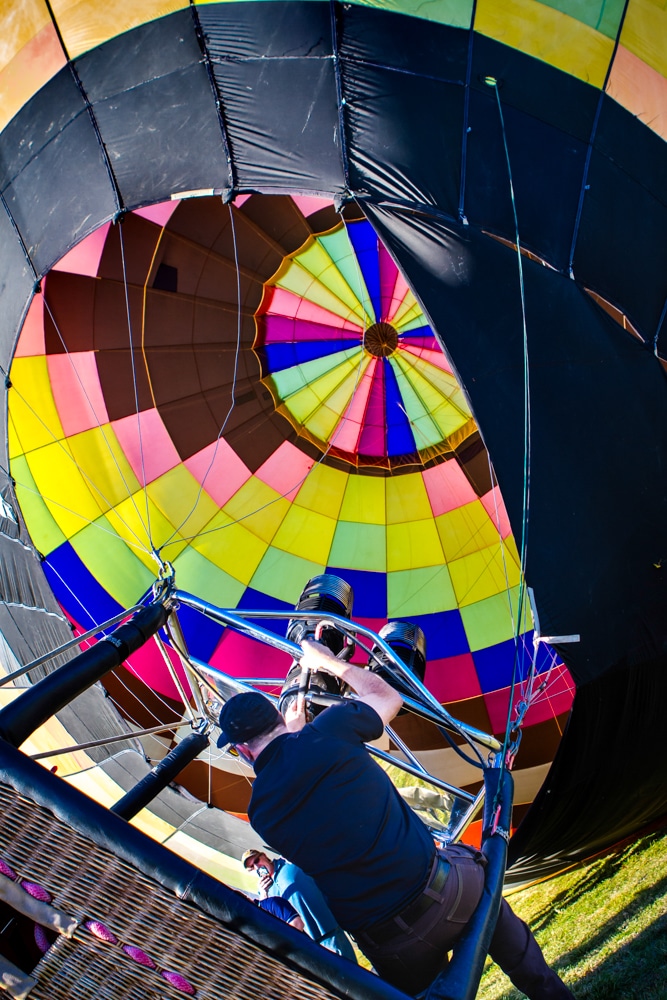

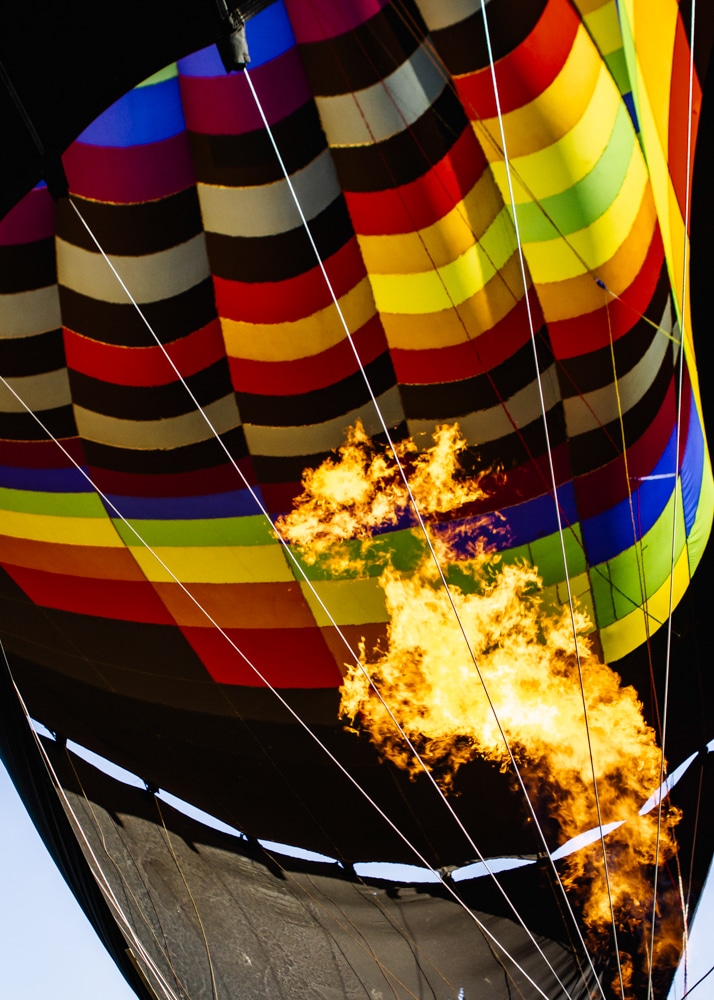
Hot Air Balloon Envelope:
At Rohr Balloons, the envelope stands as the quintessential “balloon” component, meticulously crafted from nylon panels or “gores” to embody the true essence of flight. The envelope’s design is ingeniously engineered to optimize aerodynamics and thermal efficiency, ensuring a safe and smooth journey through the skies. Let’s unravel the unique characteristics and critical functions of the hot air balloon envelope at Rohr Balloons.
History of a Hot Air Balloon Envelope: The history of the hot air balloon envelope is steeped in centuries-old exploration and adventure traditions. From the pioneering days of hot air ballooning to the modern era of aeronautical engineering, the envelope has evolved to embody the perfect blend of durability, performance, and safety. At Rohr Balloons, the envelope pays homage to this rich legacy with state-of-the-art materials and construction techniques that uphold the highest standards of craftsmanship and innovation.
How the Hot Air Balloon Envelope is Used: During a hot air balloon flight with Rohr Balloons, the envelope is the airborne vessel that captures the heated air, allowing the balloon to ascend gracefully and with stability. The meticulously designed shape of the envelope, with its expansive crown and tapering skirt, plays a crucial role in maintaining buoyancy and aerodynamic efficiency. The top section of the envelope, constructed from heavy nylon with a protective silicone coating, shields the balloon from high temperatures, moisture, and environmental elements, ensuring longevity and safety. The flame-resistant Nomex skirt offers added protection near the burners, underscoring Rohr Balloons’ commitment to passenger safety and operational excellence.
Importance of Envelope Use: The envelope’s significance in hot air ballooning cannot be overstated. It serves as the lifeline of the balloon, containing the heated air that propels the aircraft skyward and offers passengers a panoramic view of the world below. Controlled by the skilled pilot through a system of cords, ropes, or cables, the vents strategically placed in the crown and gores enable precise heat management for landing, maneuvers, and deflation. The secure attachment of the envelope to the basket via cables ensures a stable and seamless flight experience, while the removable design allows for easy transportation and storage, highlighting the practicality and versatility of the envelope in the realm of hot air ballooning.
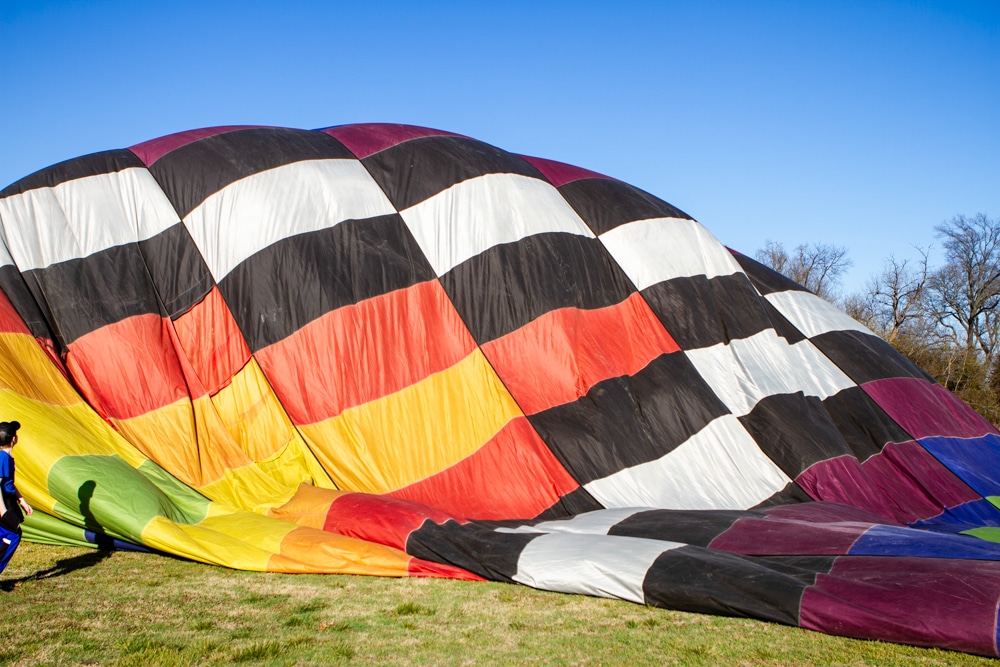



The art of hot air ballooning beautifully encapsulates the fusion of scientific principles with the boundless wonders of nature. The hot air balloon parts all play a vital role in orchestrating a safe and memorable flight experience, where passengers are whisked away on a journey guided by the gentle whims of the wind and the skillful hands of the pilot. Embark on a voyage of discovery and adventure as you witness the magic of flight unfold before your eyes, propelled by the timeless allure of hot air ballooning.
Rohr Balloons is a verified hot air balloon ride provider with decades of experience and a perfect safety record.

